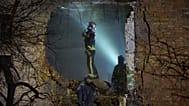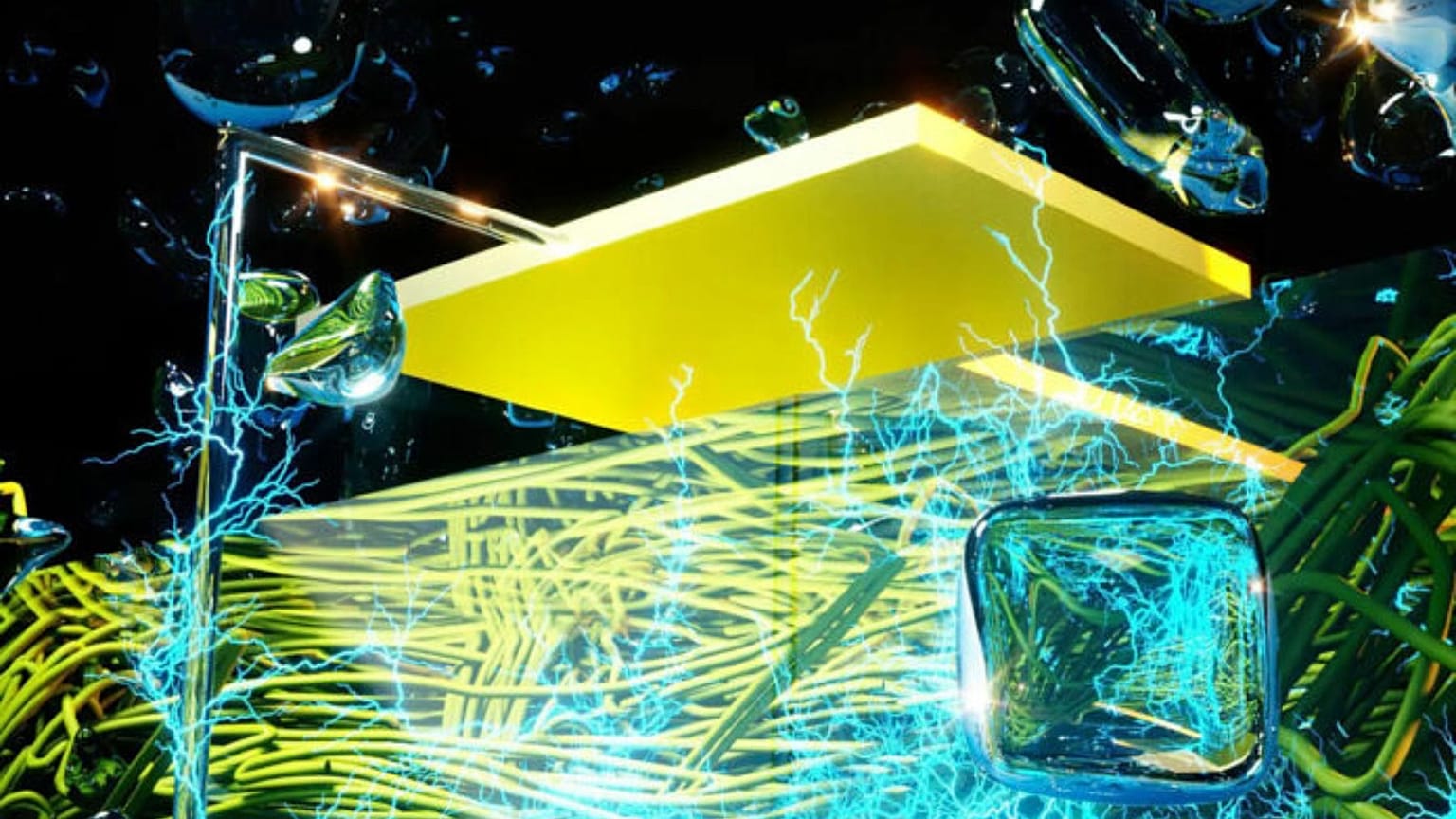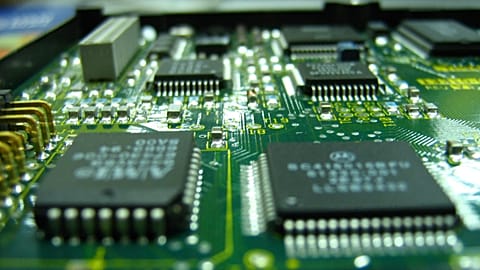Scientists in the US have developed a device that can harvest humidity in the air to create a clean electricity supply.
A team of engineers at the University of Massachusetts Amherst has been making clean electricity from thin air.
According to the university, “nearly any material can be turned into a device that continuously harvests electricity from humidity in the air”.
The key, it says, lies in being able to fill the material with nanopores less than 100 nanometers in diameter. The researchers have dubbed it “the generic Air-gen effect”.
In the research paper, it is explained, “air humidity is a vast, sustainable reservoir of energy that, unlike solar and wind, is continuously available”.
But until now, exploring the energy potential of air has been a complex process - requiring, for example, the development of unique material synthesis and consequently hindering scalability.
However, the new study claims that with this revelation, we should be able to continuously harvest energy from “a broad range of inorganic, organic and biological materials”.
Using nanopores to create small-scale thunderclouds
The key lies in nanopores - a nanometre-sized hole that enables air and water to pass through “any material” and ultimately create surface charge.
The harvester would need to be made from a thin layer of material filled with nanopores smaller than 100 nm (one-thousandth of a human hair).
Because these holes are so tiny, as water molecules pass from the upper to the lower part of the material, they will create charge by bumping into the pore’s edges.
The upper part of the layer would be bombarded with many more charge-carrying water molecules than the lower part, creating a charge imbalance - like the charge imbalance found in a cloud.
So it produces what is essentially a small-scale, contained thunderstorm - which in turn produces electricity.
“The air contains an enormous amount of electricity,” Jun Yao, assistant professor of electrical and computer engineering at UMass Amherst, said in a statement.
“Think of a cloud, which is nothing more than a mass of water droplets. Each of those droplets contains a charge, and when conditions are right, the cloud can produce a lightning bolt - but we don’t know how to reliably capture electricity from lightning.
“What we’ve done is to create a human-built, small-scale cloud that produces electricity for us predictably and continuously so that we can harvest it”.
Humidity is constantly present in the air, which means the harvester could theoretically operate 24/7 in any conditions.
“The idea is simple, but it’s never been discovered before, and it opens all kinds of possibilities”, said Yao.


















